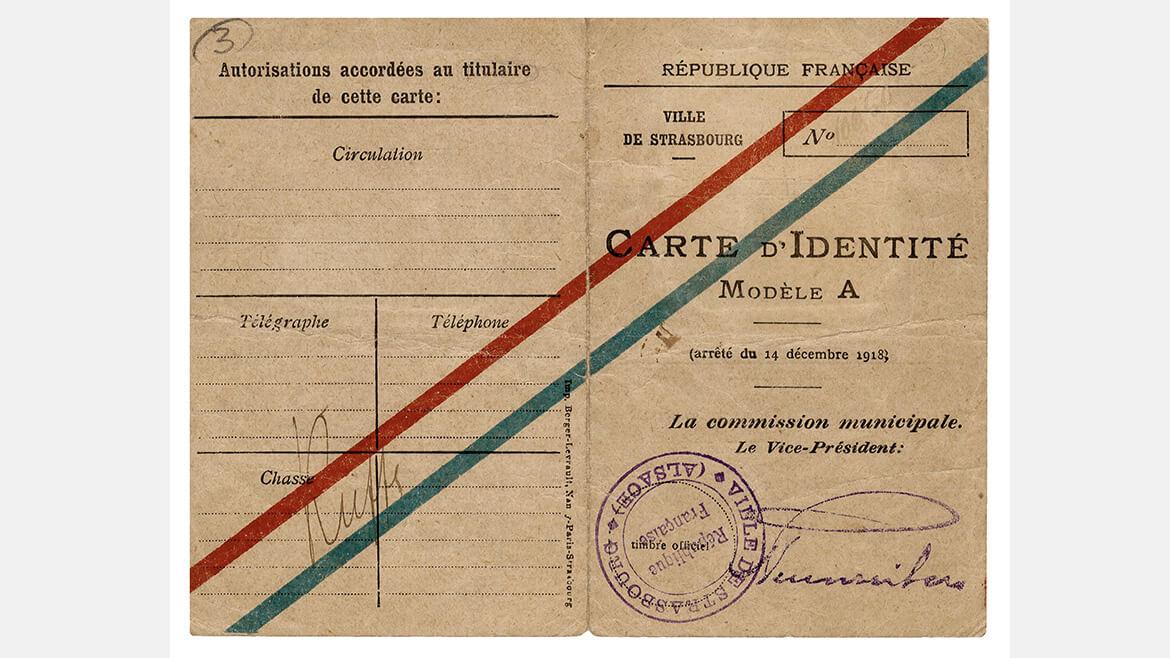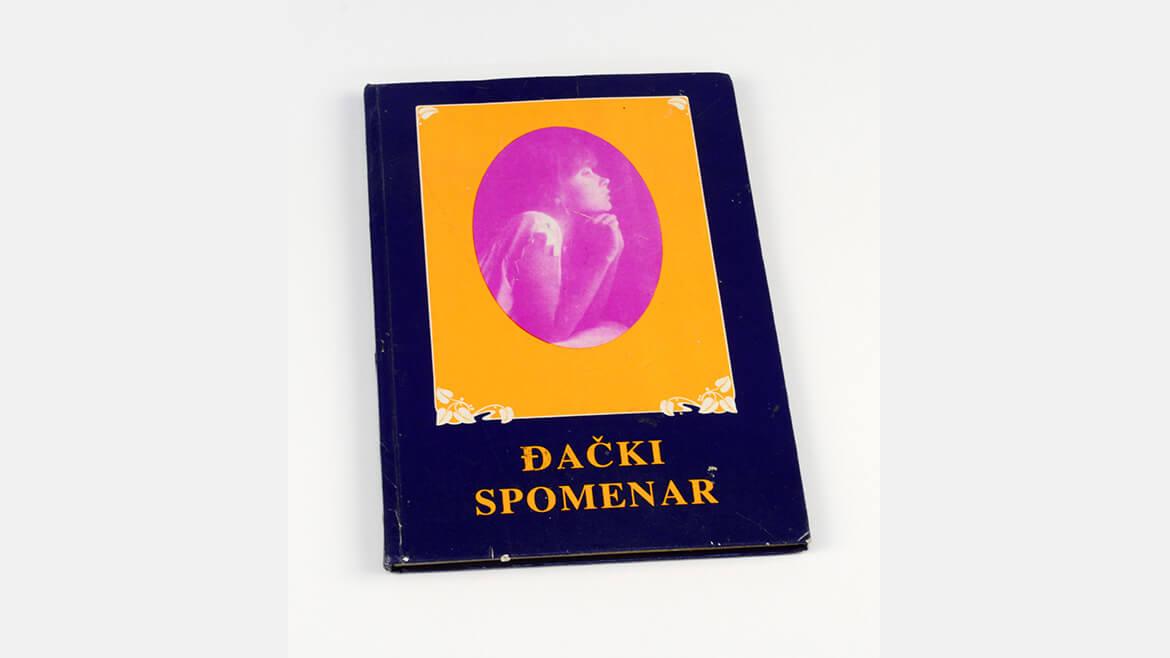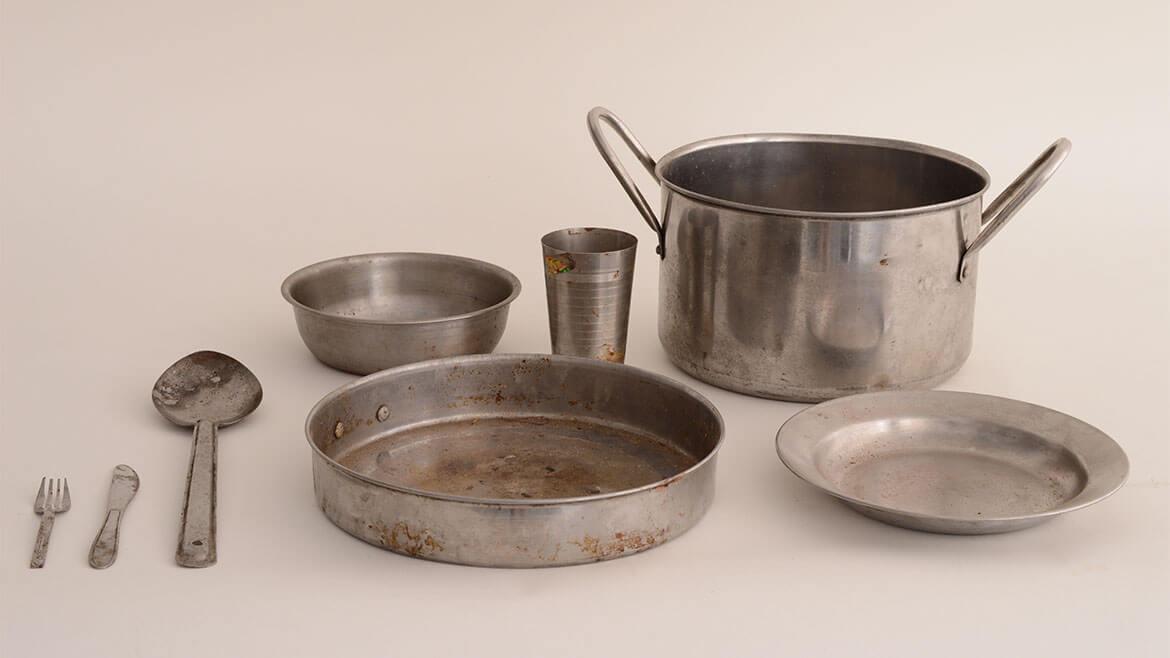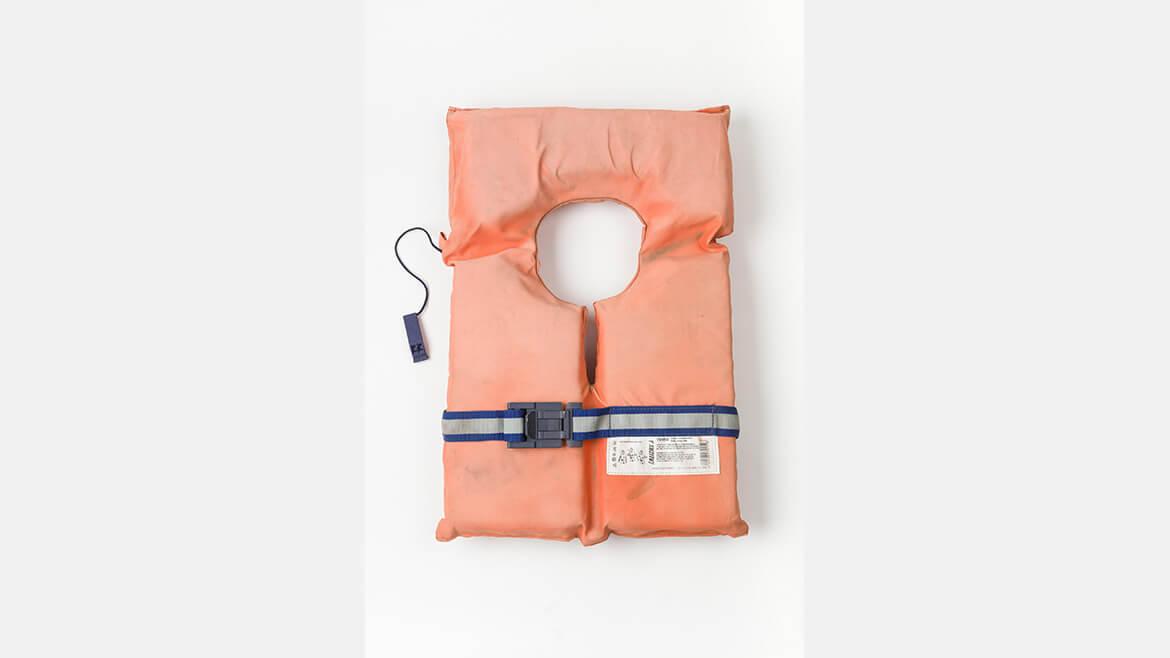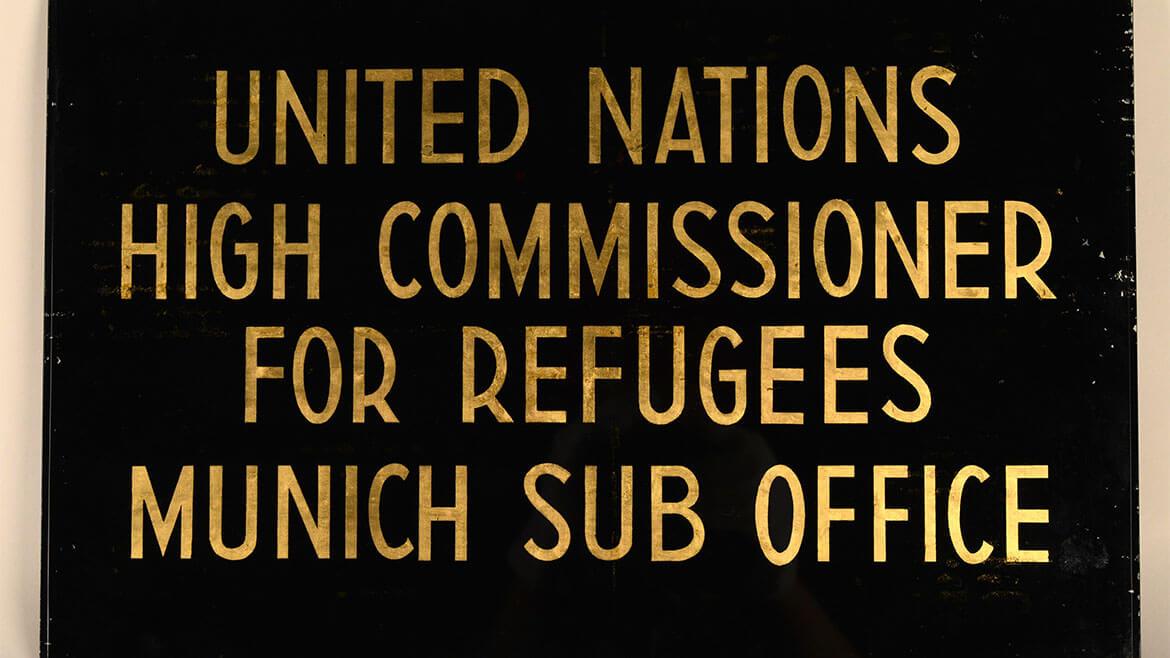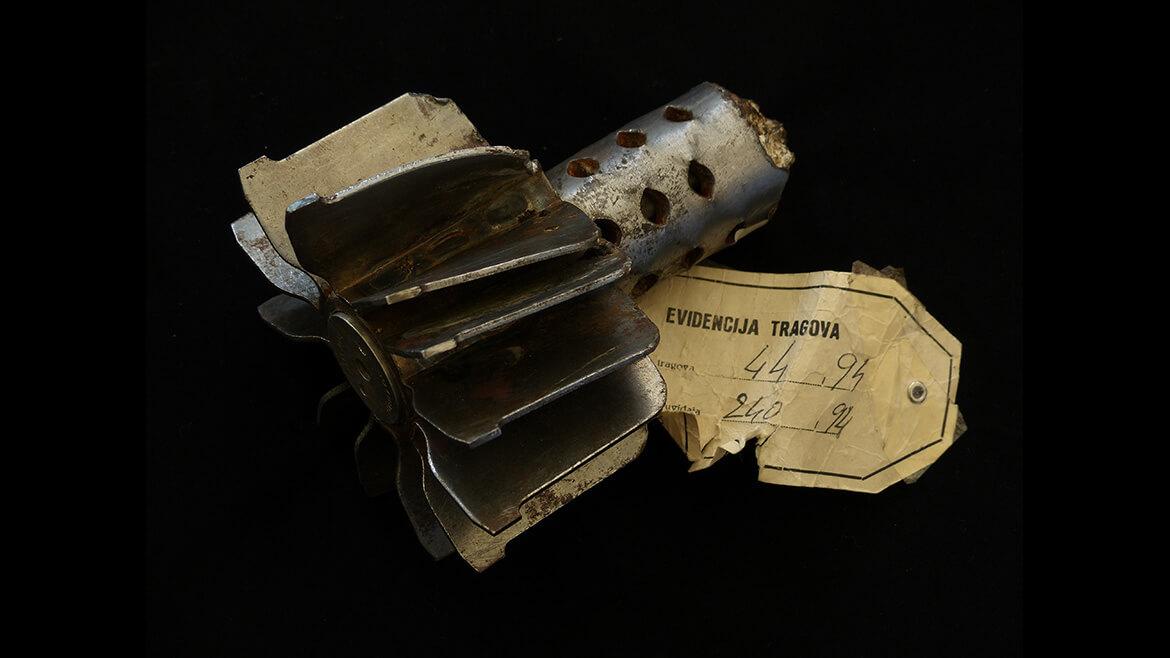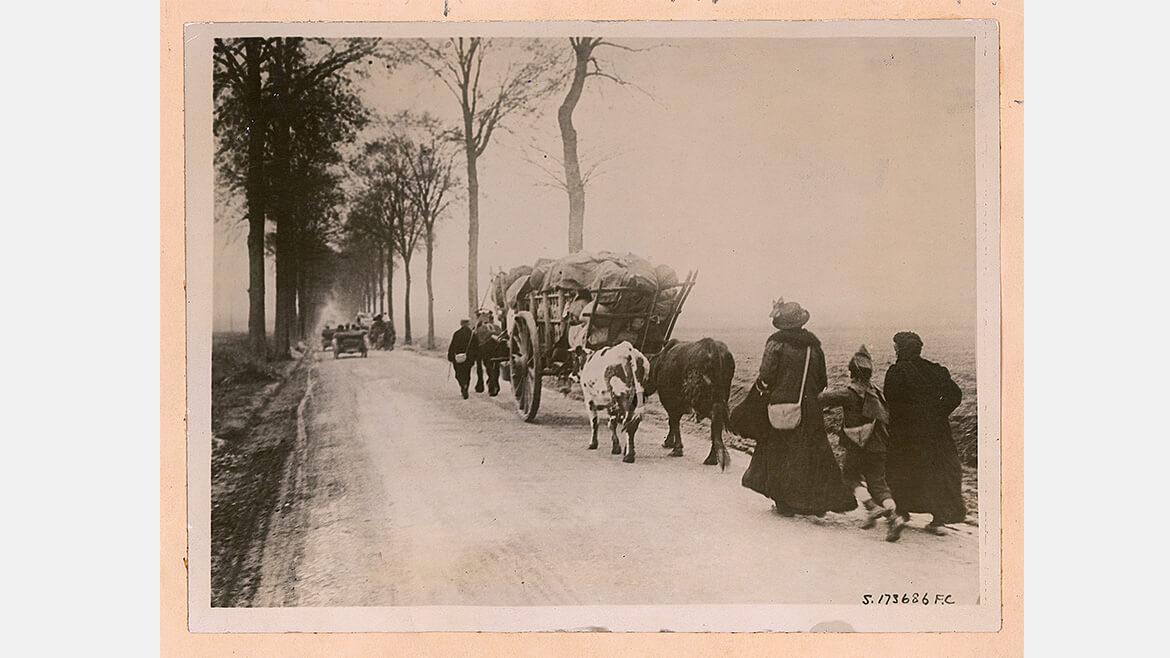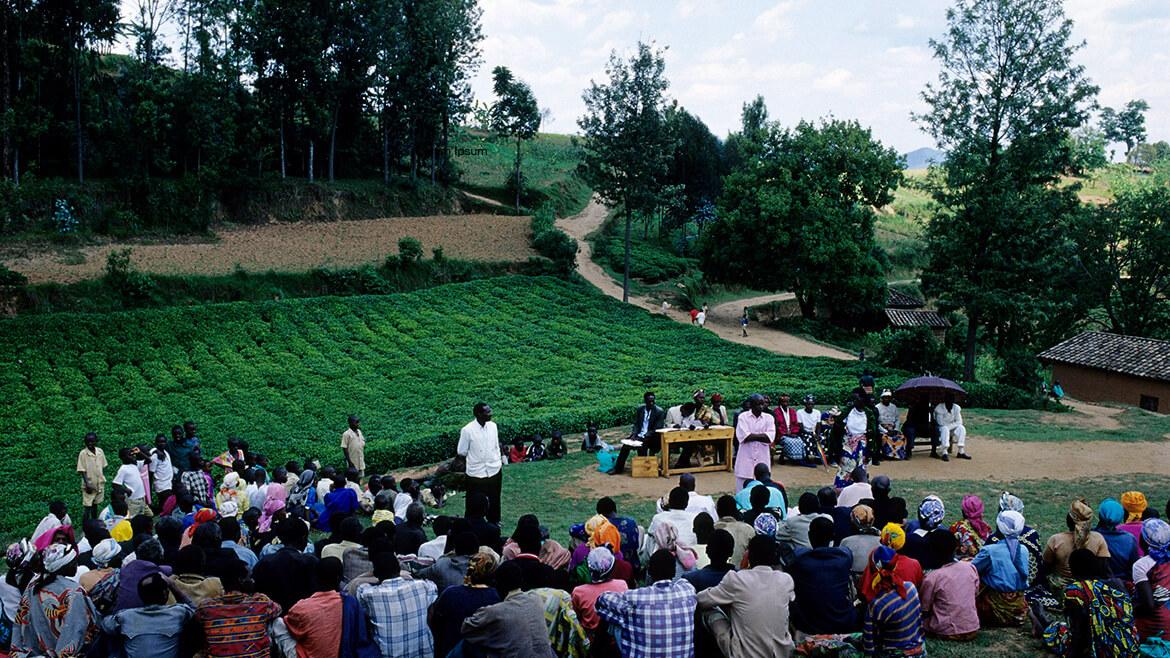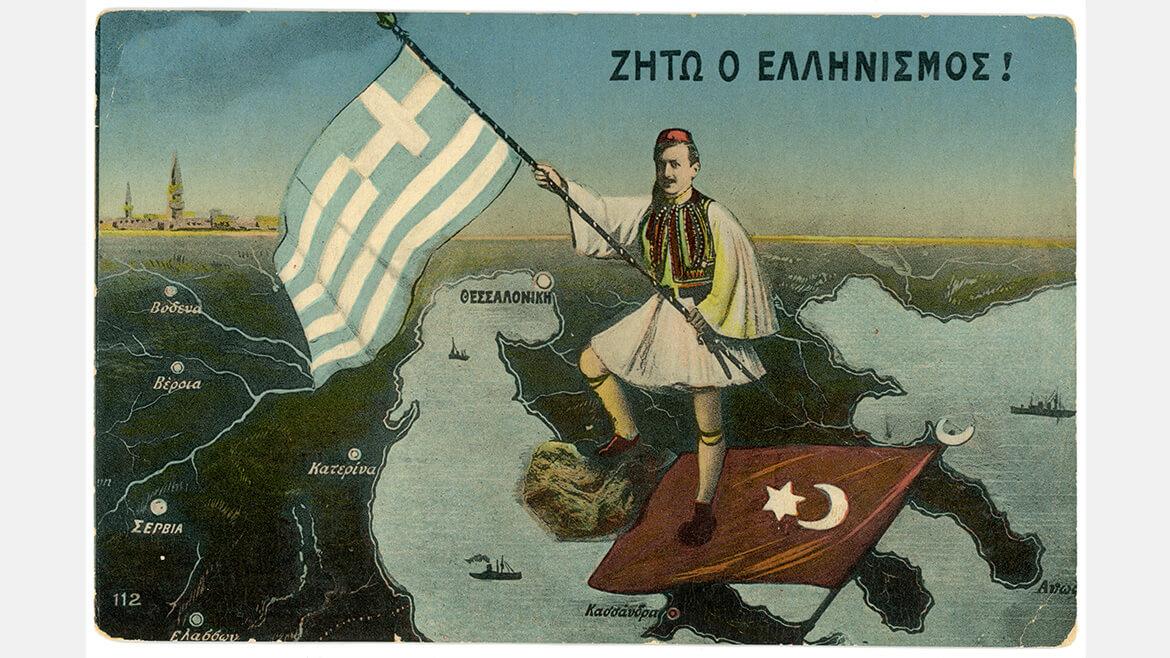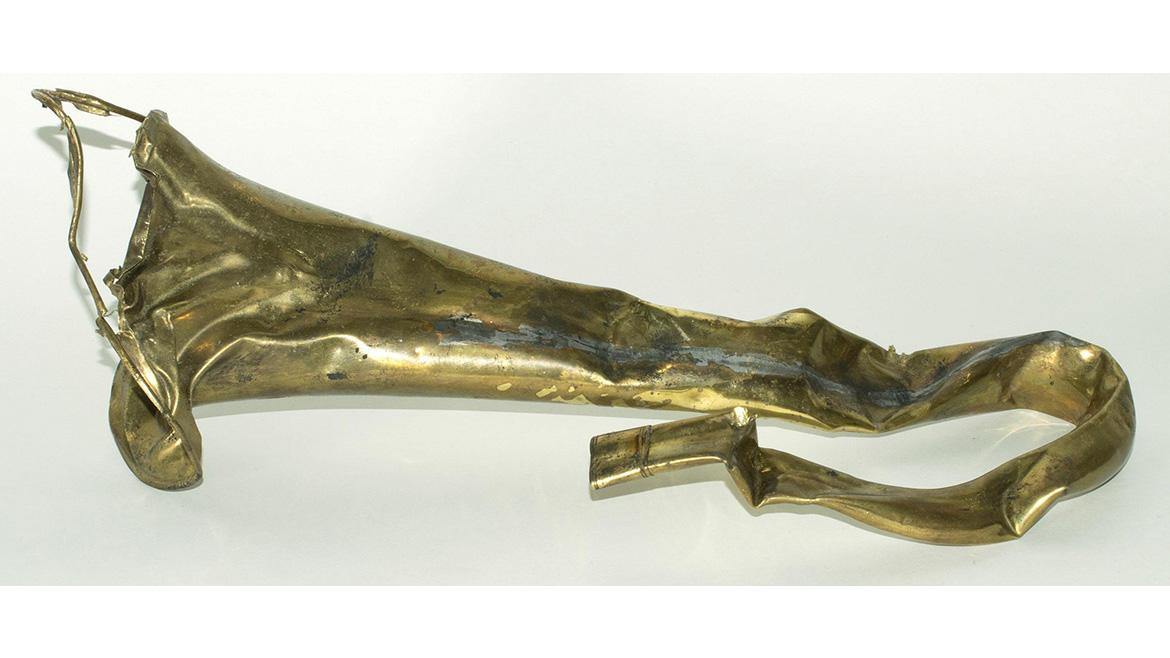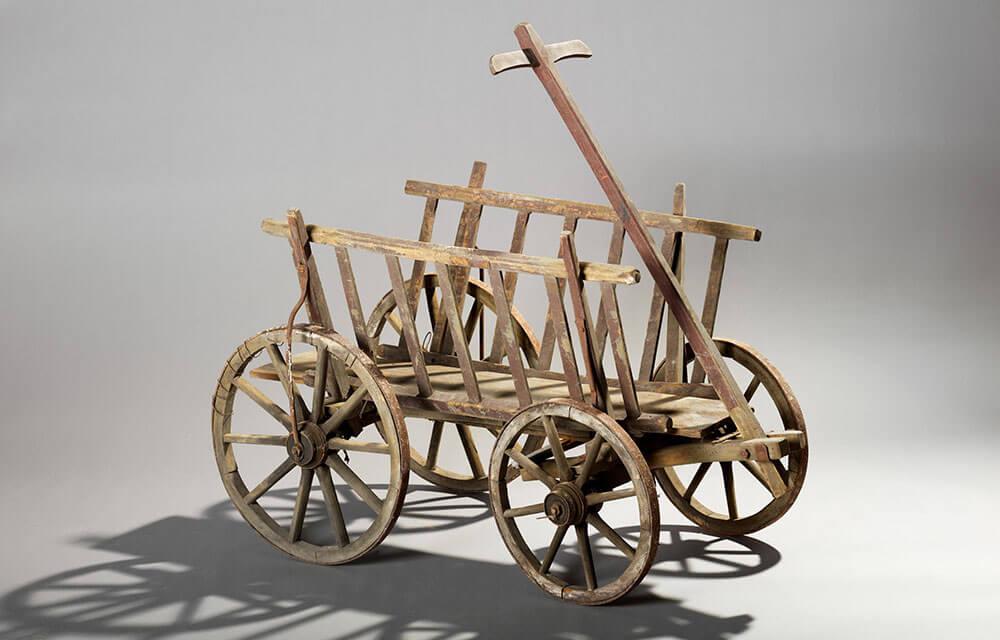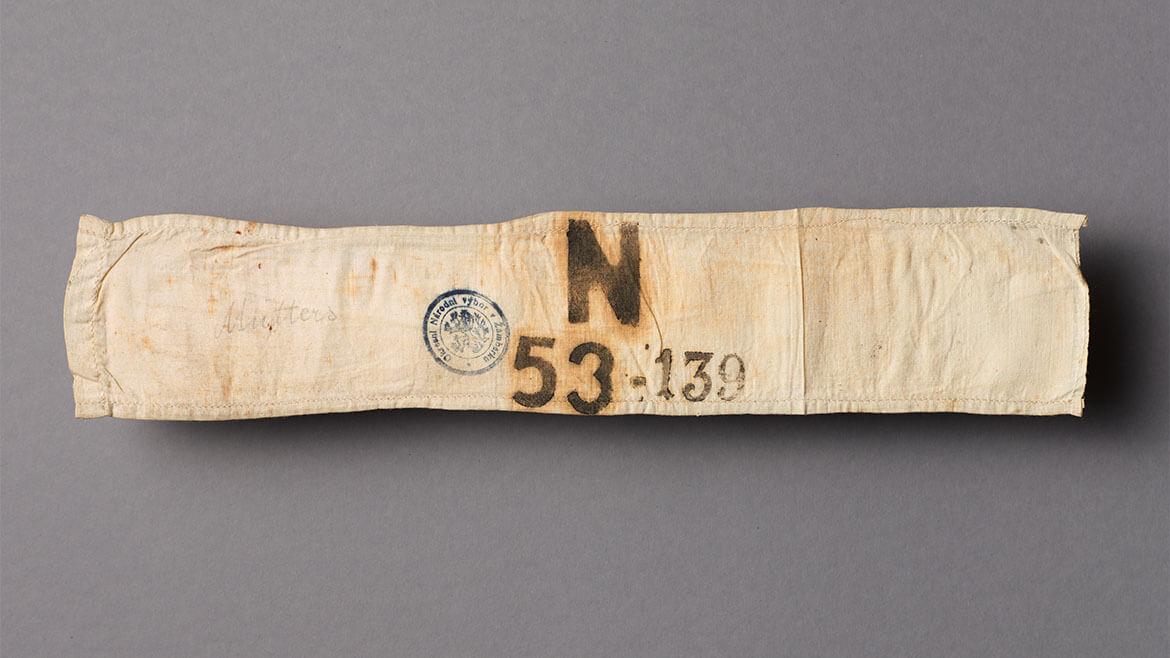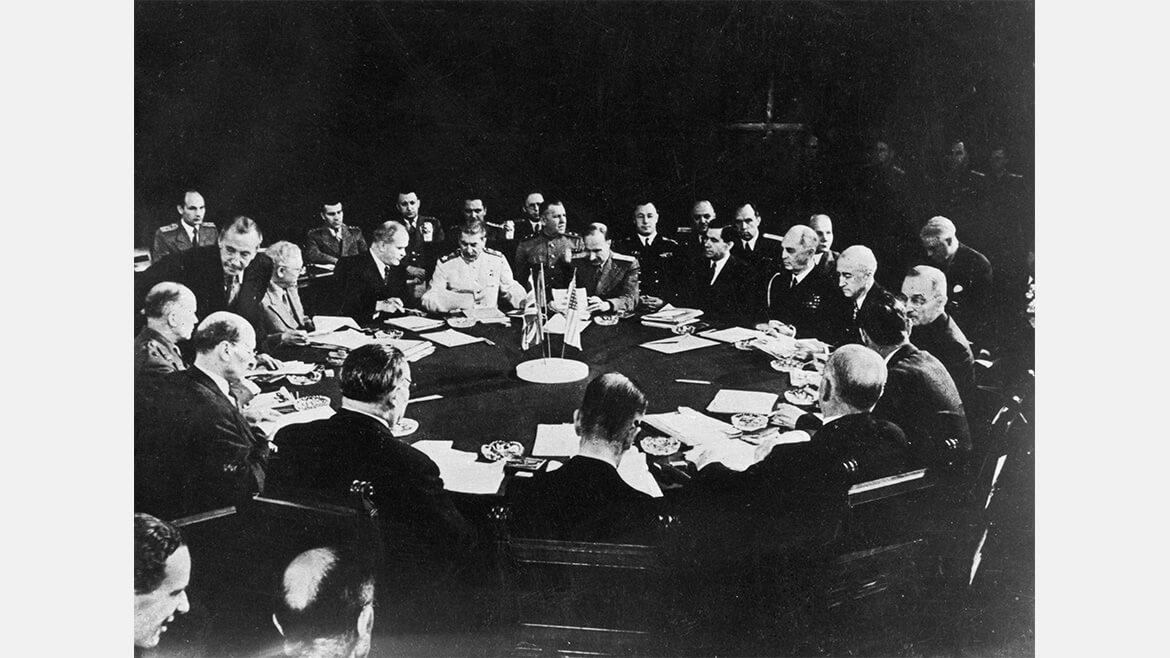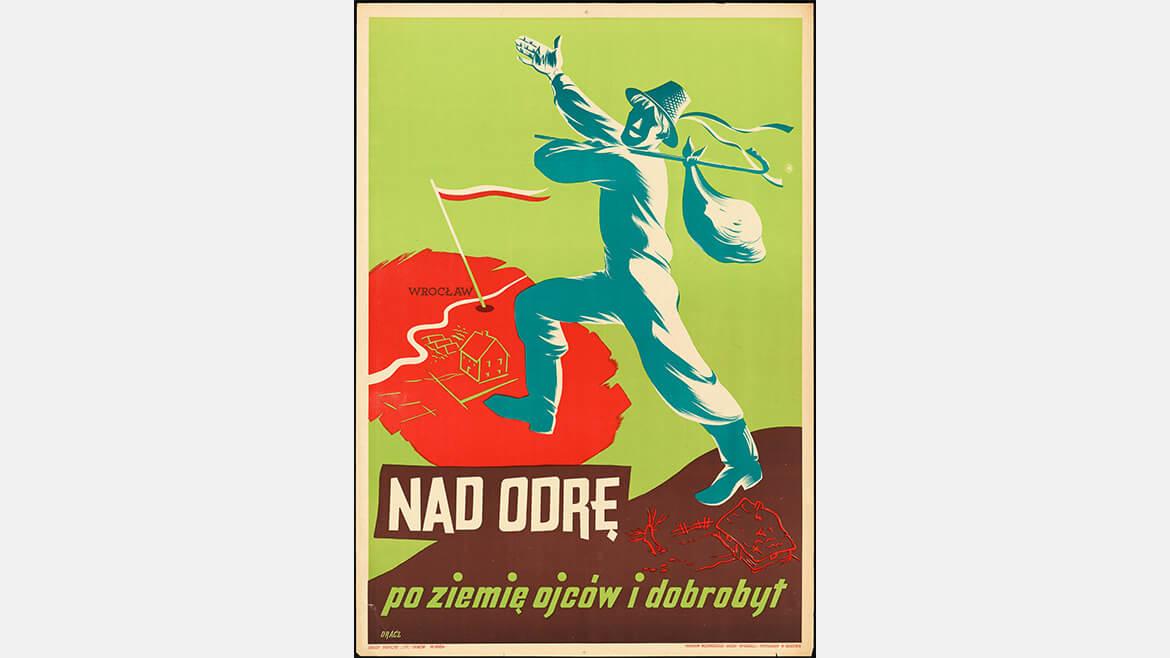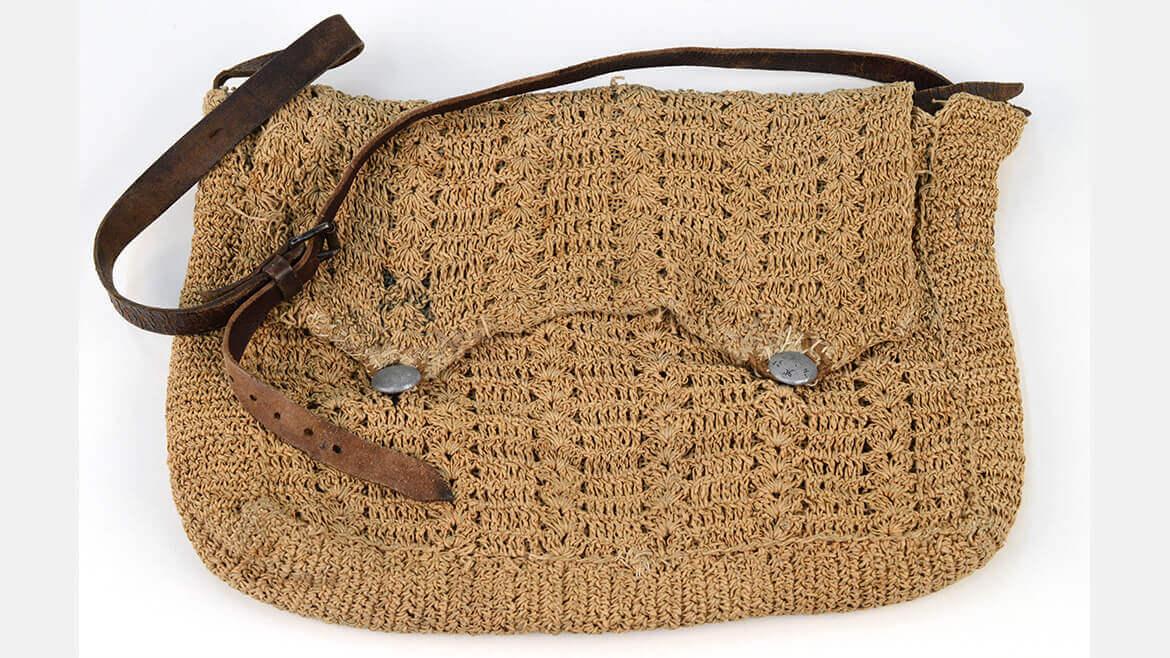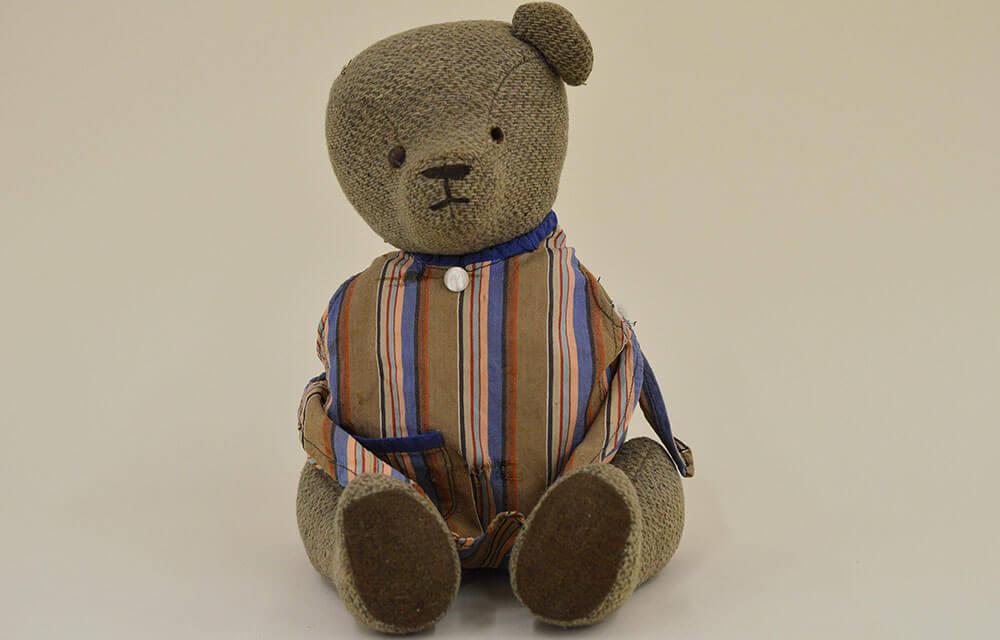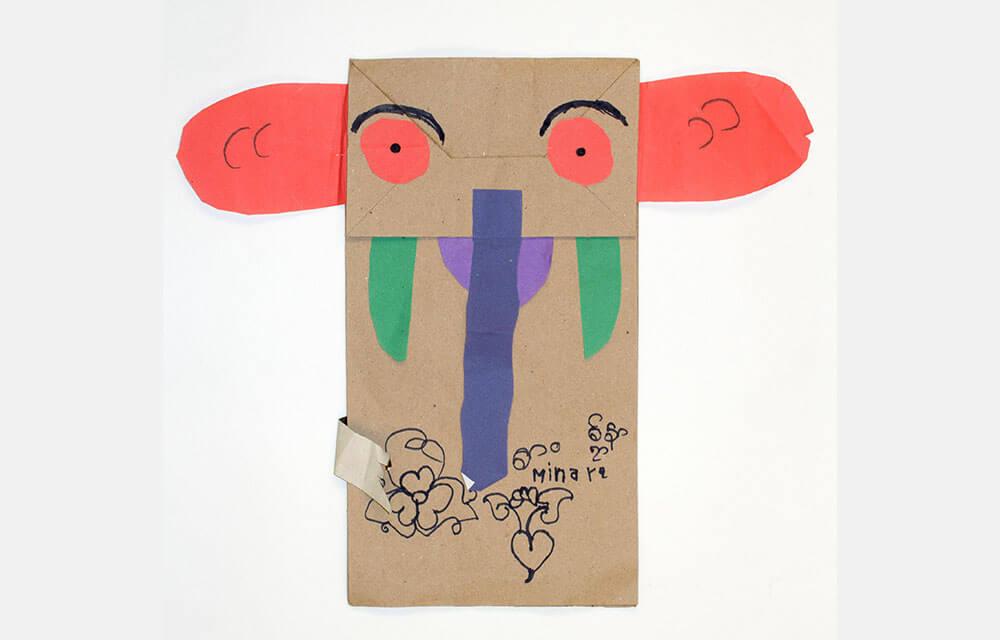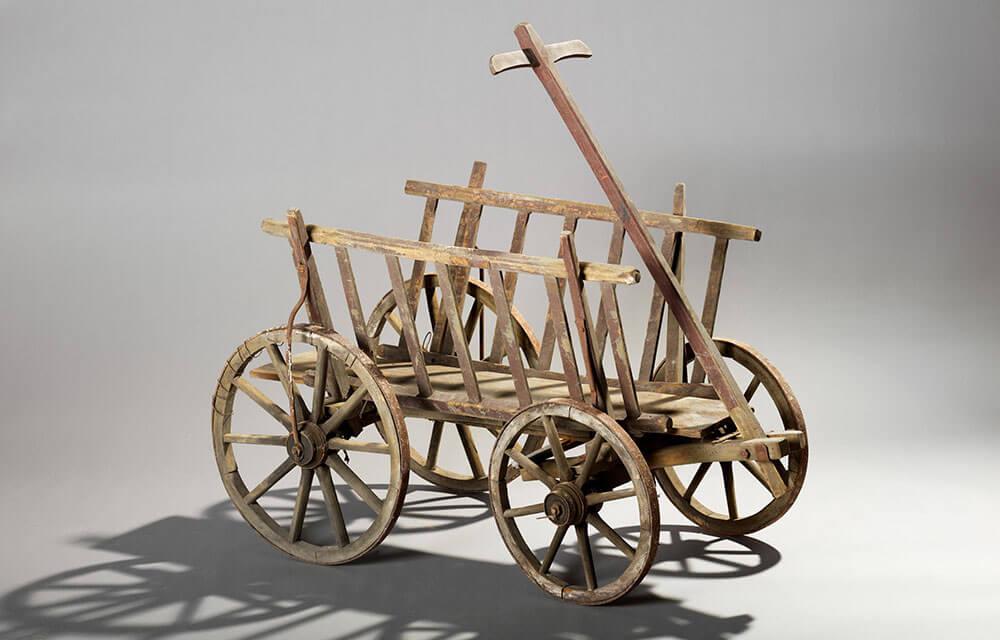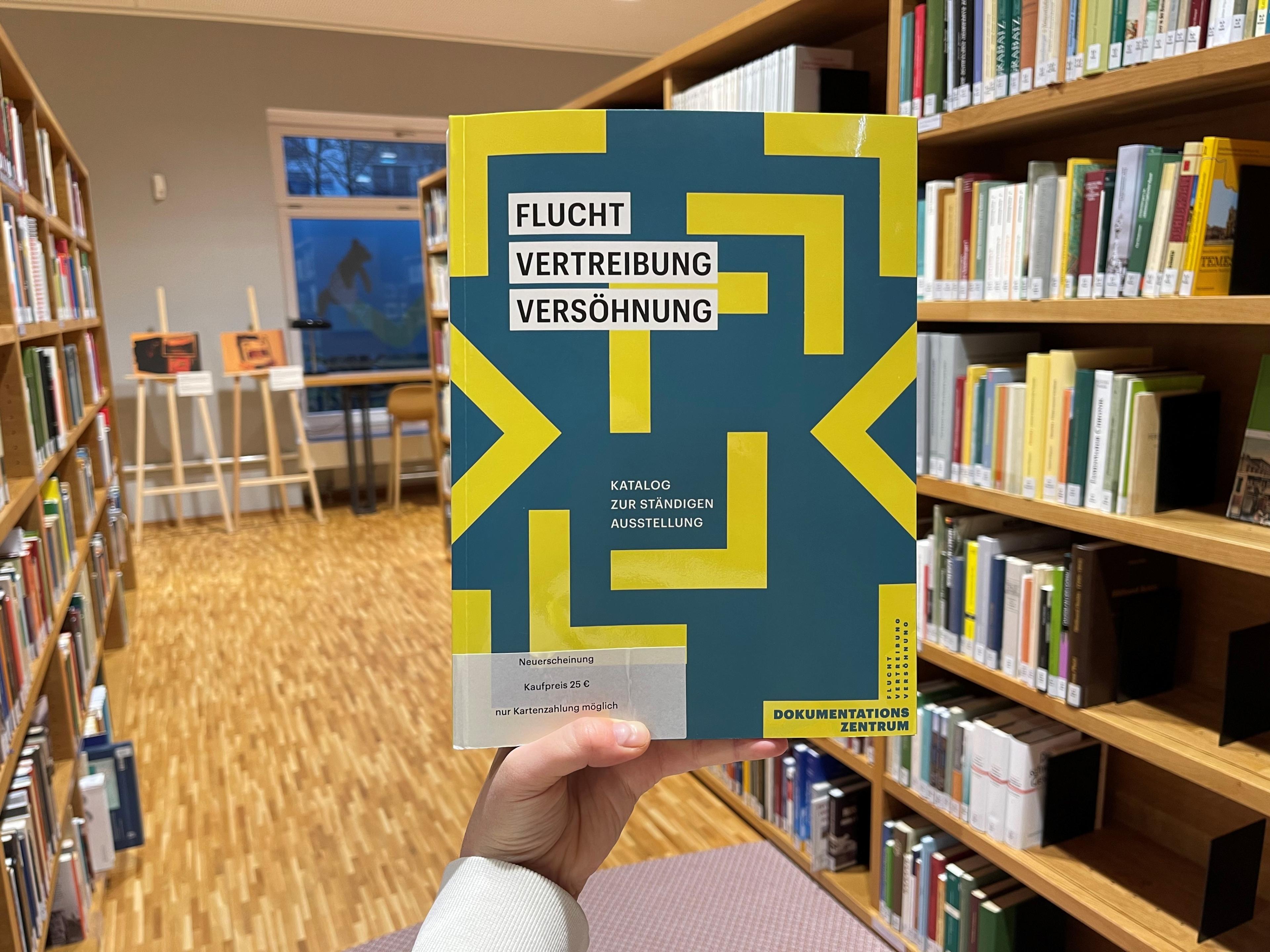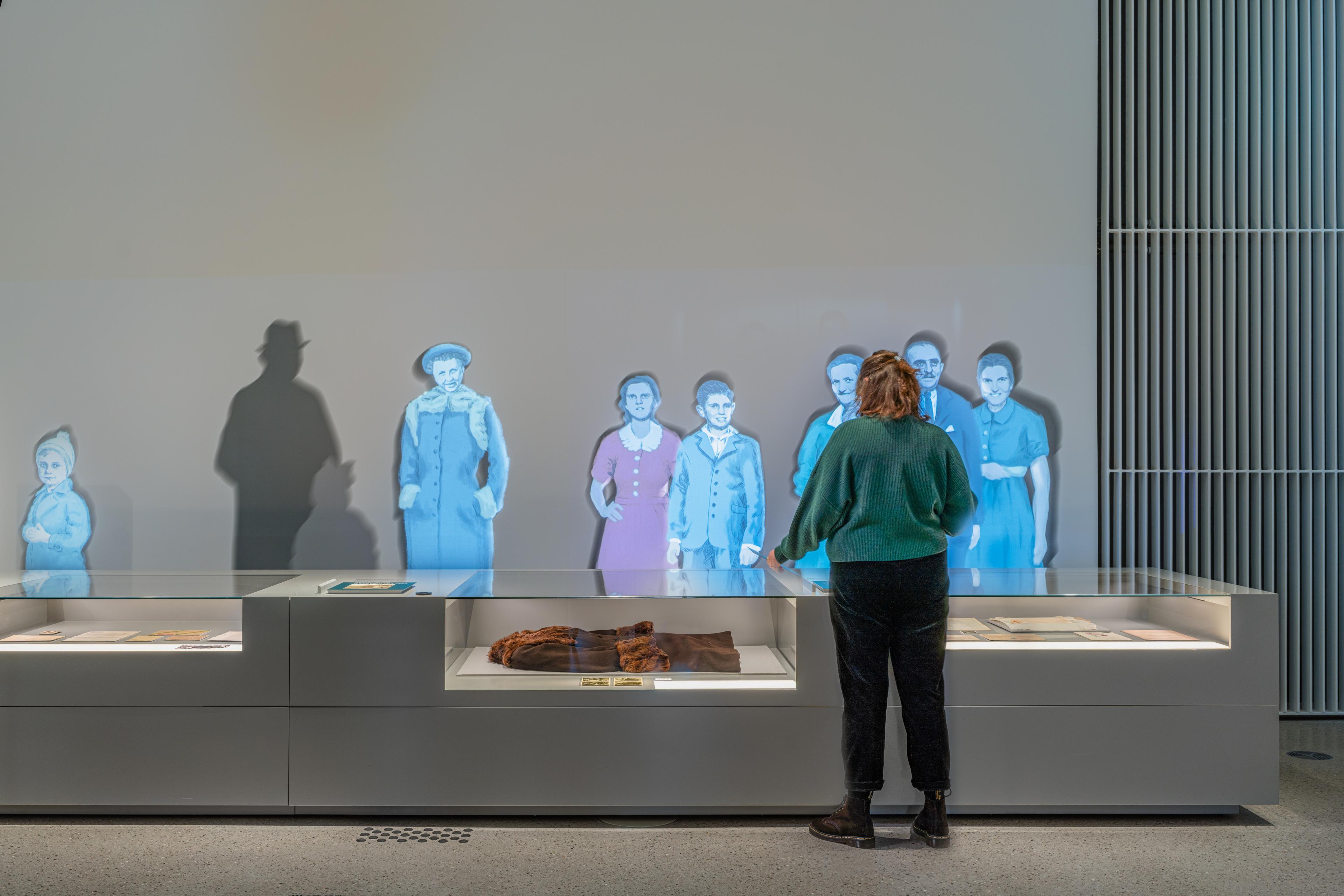
Exhibition
The Century of Displacement
Why do people have to flee or are expelled? What do people who have to flee or are expelled experience? What experiences do they have on their journeys? What does the loss of home mean and what difficulties await people when they find refuge in another country?
The permanent exhibition looks at politically, ethnically and religiously motivated forced migrations in the 20th century in Europe and beyond. The focus of the presentation is on the displacement and expulsion of Germans during and after the Second World War, which started in Germany.
A European History of Forced Migrations
The first part of our permanent exhibition deals with the dimensions of displacement, expulsion and forced migration from a European perspective. Examples from different geographical contexts show recurring phenomena that form a basis for understanding forced migrations in the 20th century and beyond.
Expulsions are a phenomenon of modernity and have reached a new magnitude since the end of the 19th century. Whether over 100 years ago in Armenia, after the Second World War in Central Europe or today in Syria - wars and armed conflicts force millions of people to leave their homes. Forced migrations mean great dangers and painful losses. The experience of displacement and expulsion fundamentally changes the lives of those affected. Loss and new beginnings often shape those affected and their descendants for generations.
Displacement and Expulsion of the Germans
The second part of the permanent exhibition on the first floor deals with the flight and expulsion of the Germans.
During the Second World War, National Socialist Germany occupies large parts of Central, Eastern and South-Eastern Europe and wages an unprecedented and cruel war of extermination there. Millions of people are exploited, deported, expelled and murdered. Against this political context, the Allies decide on a post-war order for Europe, which includes border changes and population shifts.
In the last months of the war, millions of Germans flee to the West from the Red Army. Most of the people living in the eastern territories of the German Reich and in Central and and south-eastern Europe are displaced after the end of the war. In total, more than 14 million people are affected by displacement and expulsion, and more than 600,000 people lose their lives.
The integration of 12.5 million displaced people is a fundamental challenge of the two post-war German societies. In both German states, the political conditions for this differ. The memory of flight and expulsion remains controversial.
Object Collection
The Documentation Centre preserves objects in particular for the permanent exhibition as well as for special exhibitions. These include posters, political propaganda material, photographs, maps, newspapers, paintings as well as escape luggage and means of transport.
Are you in possession of objects related to your displacement or expulsion history that you would like to leave to us? Please contact us before your visit (info@f-v-v.de) so that we can ensure careful and professional handling of your objects. Please do not bring any objects or documents without first making an appointment with us!
Catalogue of the permanent exhibition
The Documentation Centre Displacement, Expulsion, Reconciliation in Berlin is a unique place that commemorates and provides information about forced migration – its causes, manifestations and ramifications in Europe from the early 20th century onwards. Its main focus is the displacement and expulsion of about 14 million Germans in the context of Nazi policies the Second World War. This richly illustrated catalogue takes the reader on an empathetic, virtual tour through the Permanent Exhibition, and also includes QR-codes to access digitised films, audio material, maps and photographs.
The catalogue is available at the documentation centre in the reading room of the Library & Testimony Archive, always from Tuesday to Sunday, 10 am to 6 pm (card payment only).
You can also order the catalogue directly from the publisher free of shipping costs: Sandstein Verlag or purchase it through a bookshop.
Publisher: Foundation Displacement, Expulsion, Reconciliation, Berlin
336 pages, 237 mostly coloured illustrations.
28 x 21 cm, softcover with flaps.
Publication date: 18 October 2024.
ISBN 978-3-95498-839-6.
Price: €25.00
Click here for the sample chapter.
The English-language edition will be published in May 2025.
Concept for permanent exhibition [PDF]
